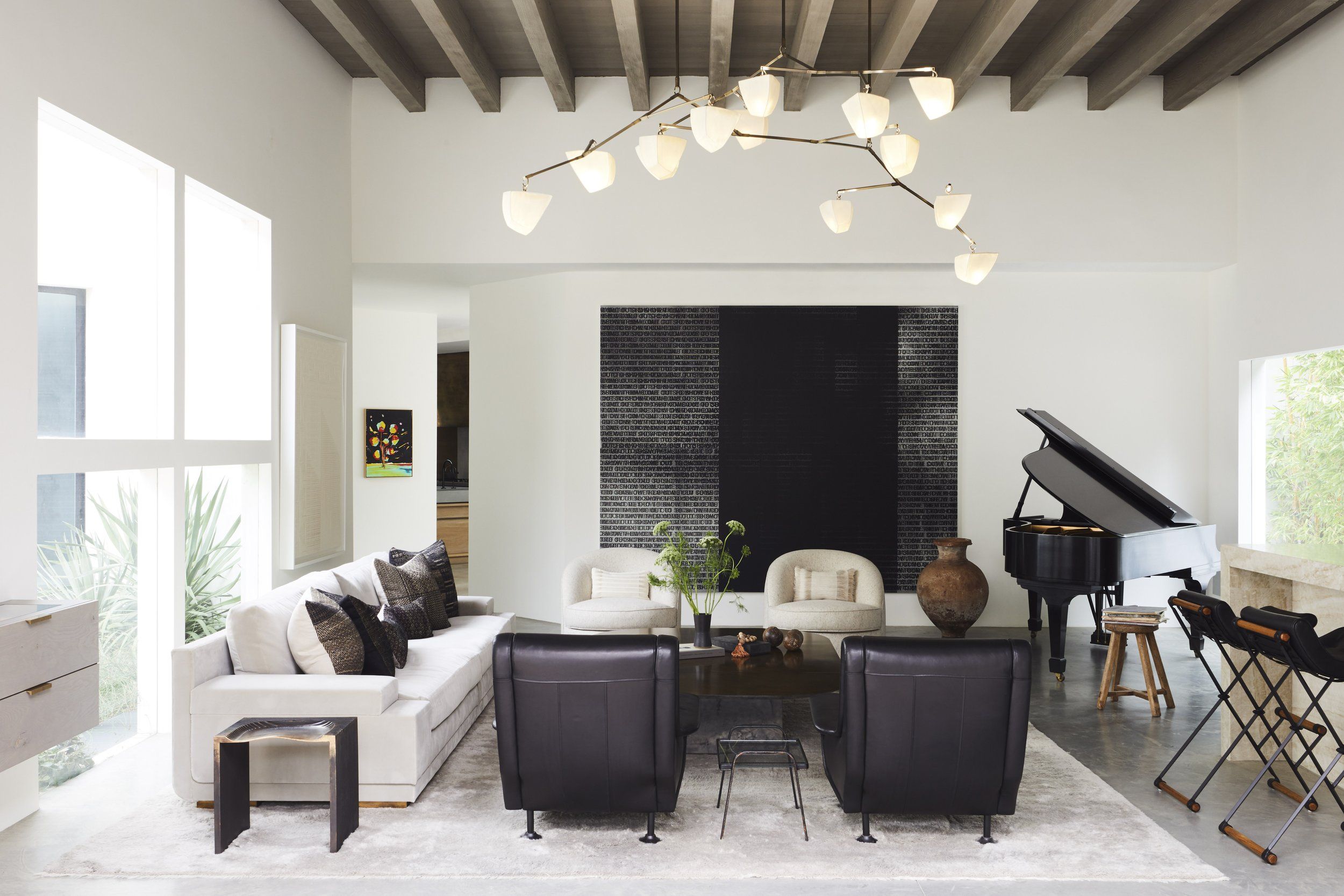Please provide the list you’re referring to. I need the list to be able to write the article.
Once you provide the list, I will write an article that:

Focuses on the first item in the list.
` subheadings for clarity.
I’m excited to see what we create together! ✨
Example (Hypothetical):
List:
1. The importance of natural light in interior design
2. The psychology of color in home decor
3. The role of texture in creating ambiance
Based on this list, here’s a possible article outline (subject to change):
Sunlight’s Embrace: A Cornerstone of Minimalist Serenity
The Power of Sunlight:
Please provide the actual list, and I’ll write the complete article for you.
Please provide the list you’re referring to so I can write the specific article.
However, I can give you an example article based on a hypothetical list item related to the theme:
2. Embrace the Power of Negative Space
Imagine a living room where every piece breathes. No clutter, no unnecessary furniture – just essential elements arranged with intention. This is the magic of negative space. It’s about acknowledging the beauty of emptiness, the quietude between notes in a symphony.
In our pursuit of minimalist serenity, negative space becomes our ally. By consciously removing distractions, we create a canvas for tranquility. Think of it as composing a visual melody – each piece of furniture a carefully placed note.
How to Embrace Negative Space:
Declutter ruthlessly: This is the foundation. Every item in your living room should serve a purpose, bring joy, or hold sentimental value. Donate, sell, or discard anything that doesn’t meet these criteria.
The Piano as a Focal Point:
In our living room oasis, the piano takes center stage. Its sleek lines and elegant curves become a sculptural element, drawing the eye. The surrounding negative space amplifies its presence, allowing its beauty to truly shine.
Imagine the effect of a grand piano bathed in natural light, positioned thoughtfully in a corner. The absence of clutter creates a sense of calm, allowing the mind to focus on the music. As you play, the notes seem to resonate more deeply, amplified by the quietude of the space.
Benefits of Negative Space:
Reduced stress: Clutter can be visually overwhelming and contribute to feelings of anxiety. By minimizing distractions, you create a more peaceful and relaxing environment.
By embracing the power of negative space, we create a living room that is not only beautiful but also deeply restorative. It becomes a sanctuary where we can connect with ourselves, our loved ones, and our music.
I hope this example provides a good starting point for your article. Feel free to adjust it to fit the specific list item you have in mind.
Note: This is just one possible interpretation of the list item. You can explore different angles and creative approaches based on your own unique perspective.
I’m ready to assist you further once you provide the list.
EmoticonEmoticon